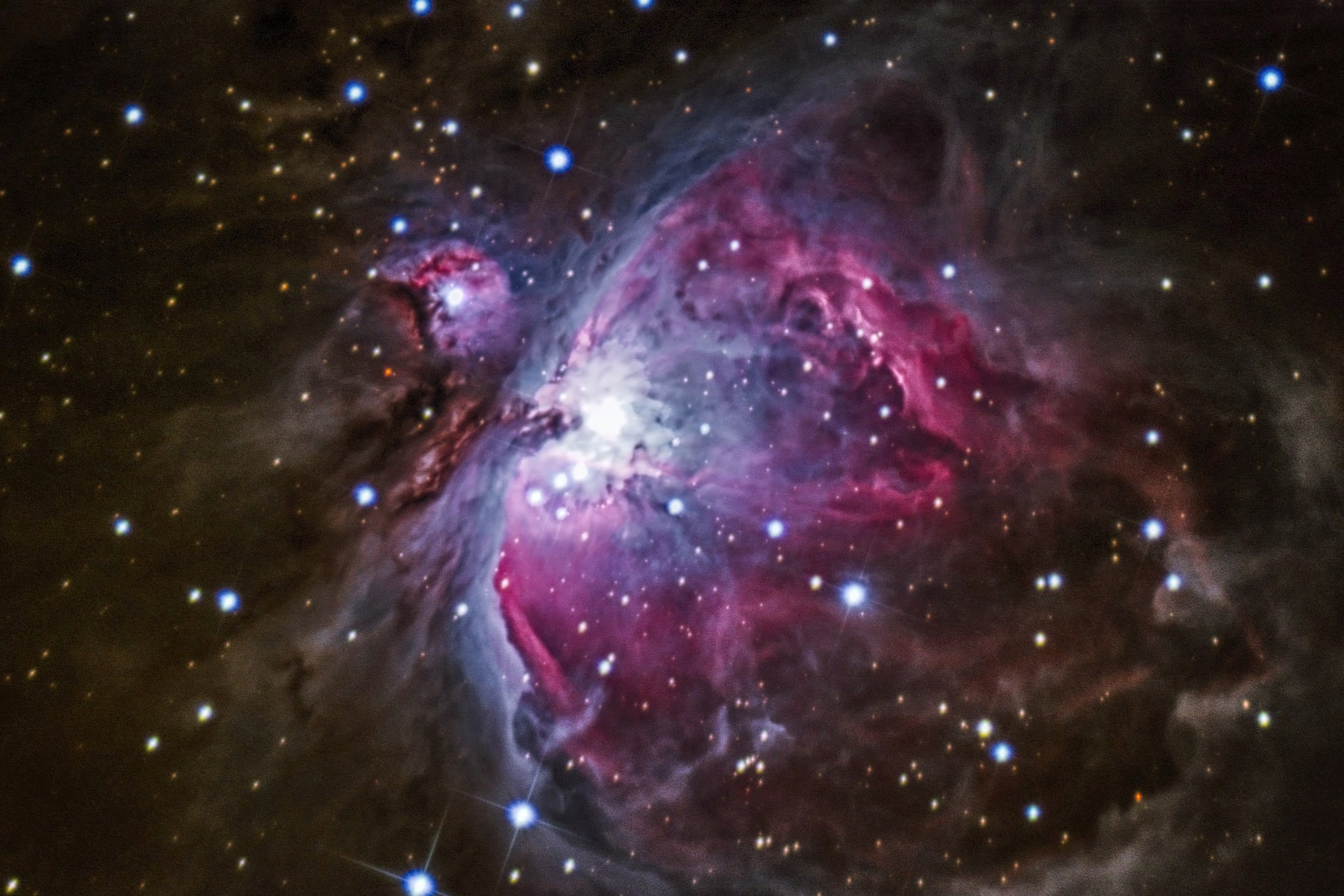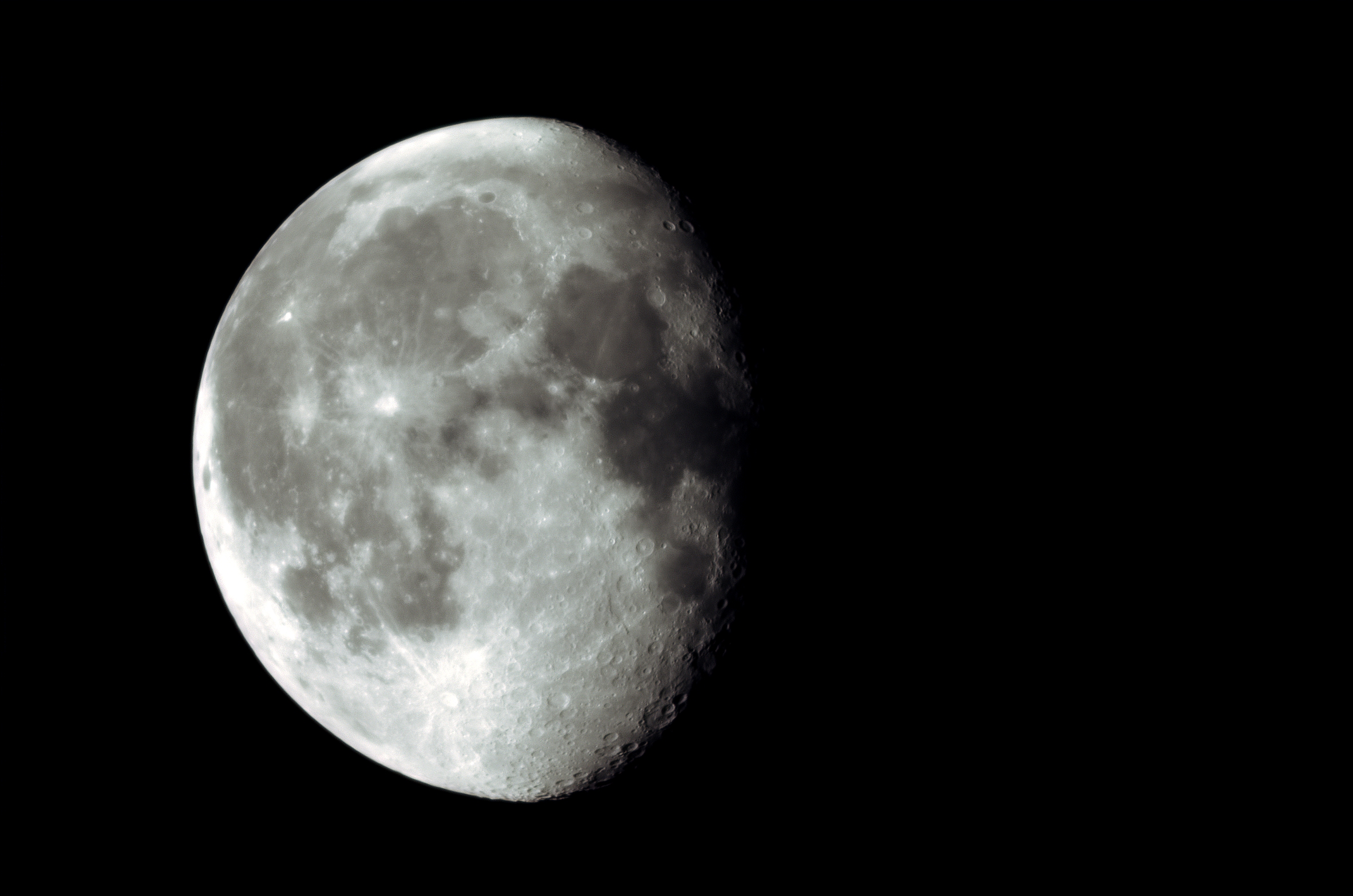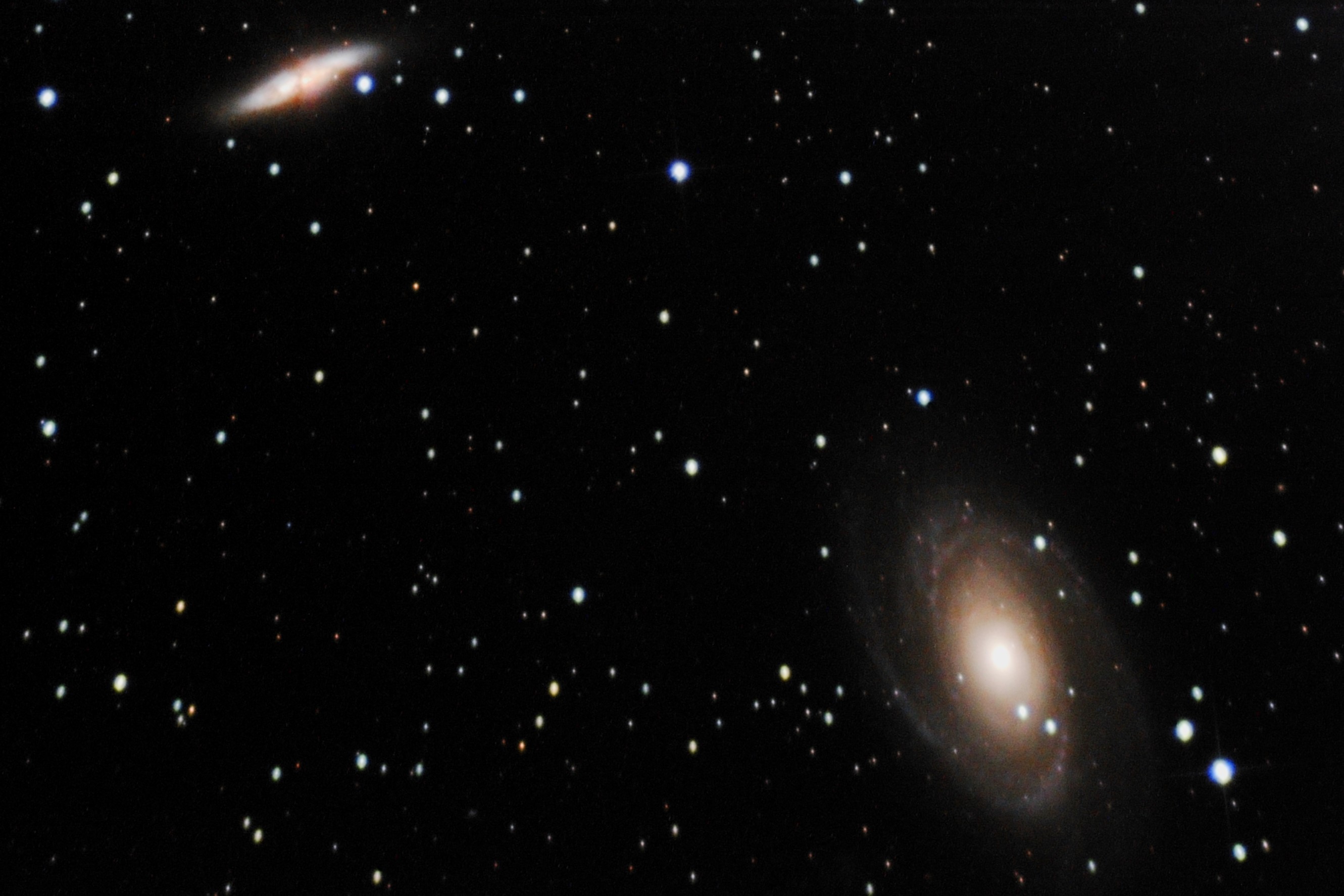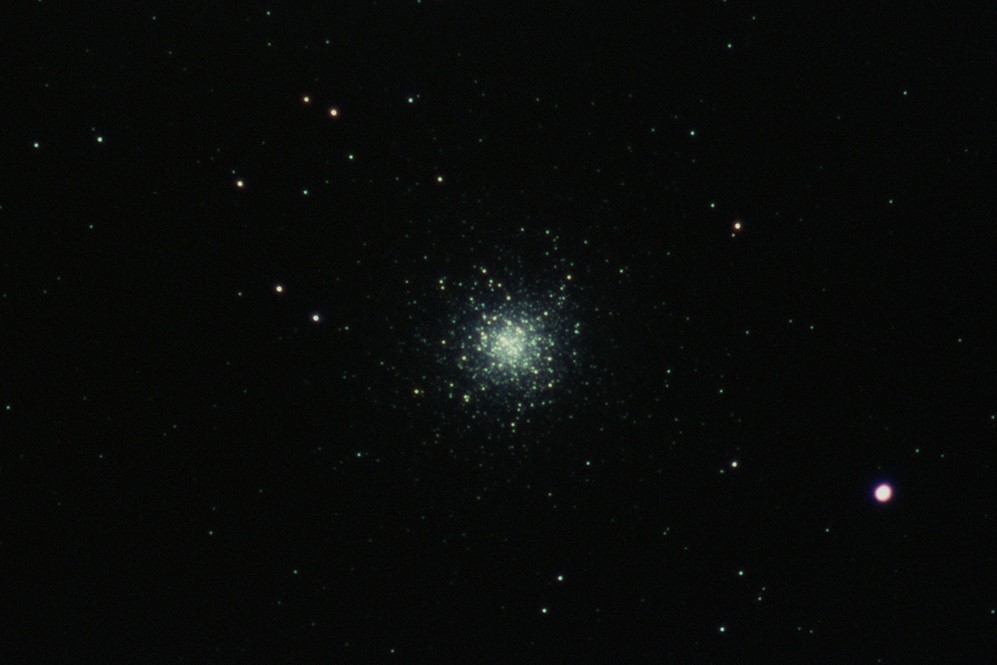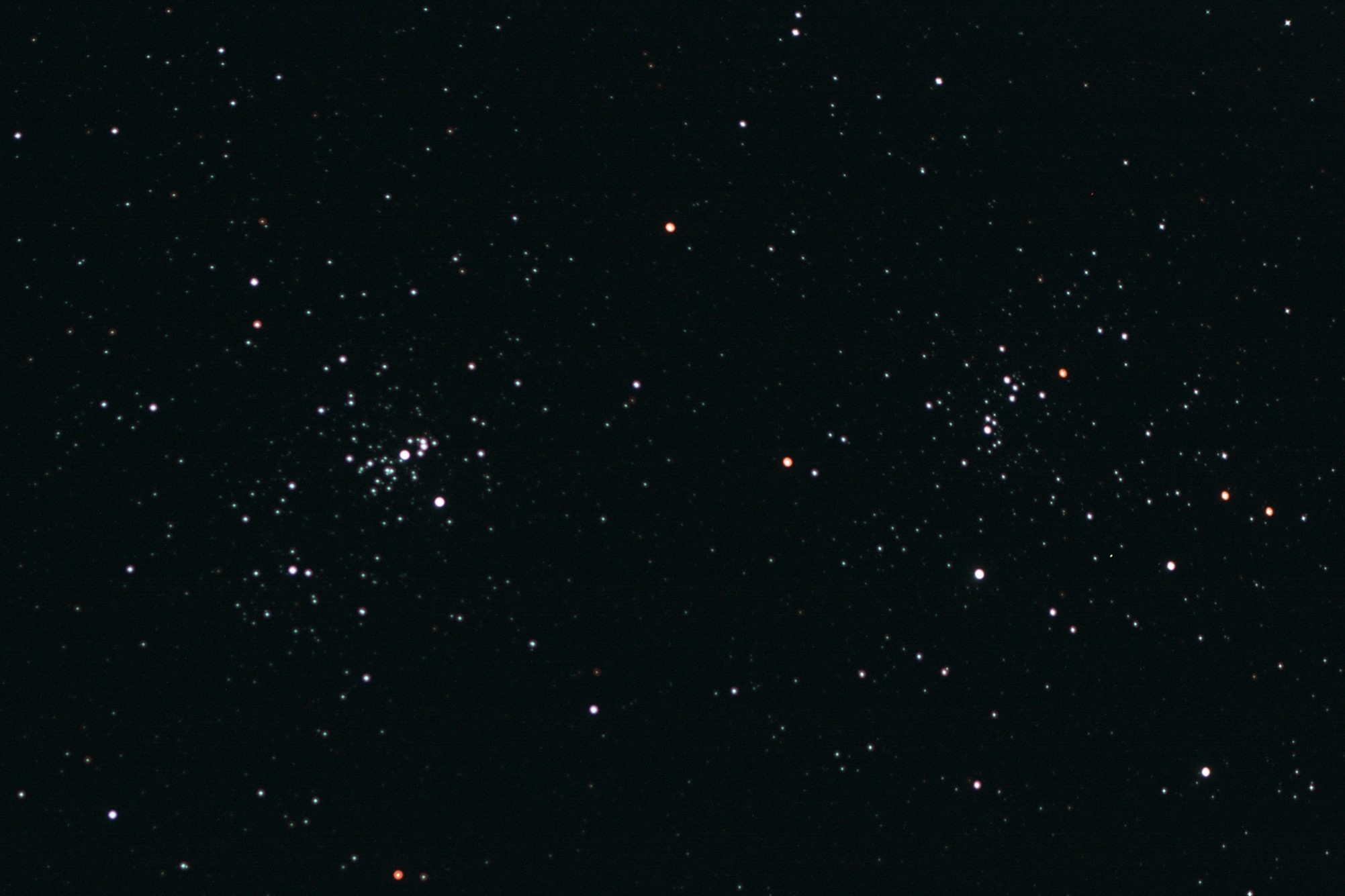He’s talking about the latest addition to the telescope family — Stellina. While traditional telescopes can be difficult to use and install, Stellina offers up a simple, more user-friendly way to gaze into the heavens.
Introduced back in January at CES 2018, the Stellina is now on sale exclusively at The Museum of Modern Art. In honor of NYCxDesign — New York’s annual celebration of design — Vaonis partnered with MoMa to sell only ten units to customers within the U.S. as part of the company’s pre-launch.
But you can still reserve your own Stellina from the company’s website. With a price tag of $3,000, this smart telescope may be out of reach for the average consumer, but at least it’s a step in the right direction. The device is expected to officially launch worldwide this coming fall.
With app connectivity — available on iOS with Android coming soon — this new-age telescope makes collecting gorgeous images of the stars easier than ever before. All you have to do is set up its tripod, press the power button, and choose from hundreds of suggestions directly from your smartphone. It only takes a few seconds for Stellina to position itself, take a picture, and send the image directly to your phone or computer. From there, you can share these photos on Facebook or Twitter, or just save them for a rainy day.
Take a look at a few of the images Stellina has already taken:
Stellina is also very compact. With its lightweight design, you can slip this telescope into a backpack, head to a remote location, and take wonderful pictures of the night sky. No matter where you travel, you’ll always be able to save your favorite images and share the beauty of the stars with the ones you love.
“There is no eyepiece, because with an eyepiece, you have to observe alone,” said Cyril Dupus, speaking of the connectivity Stellina provides.
Update: A limited supply of the Vaonis Stellina is now on sale exclusively through The Museum of Modern Art
